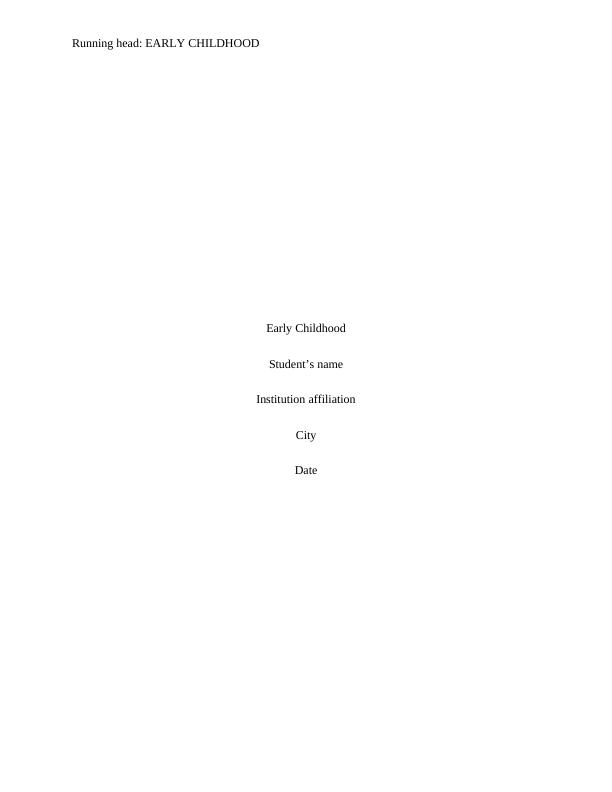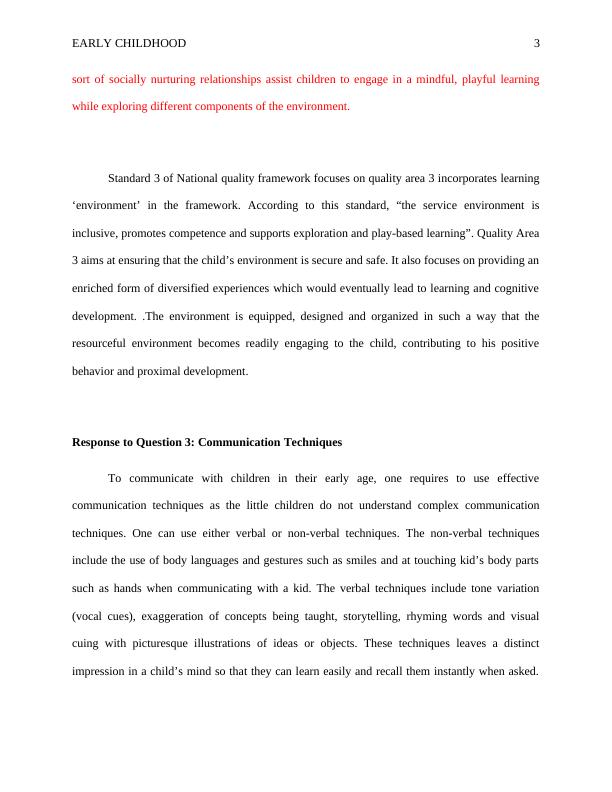Educational Program and Practice in Early Childhood
Added on 2023-01-13
6 Pages1220 Words33 Views
End of preview
Want to access all the pages? Upload your documents or become a member.
Early Childhood Education
|8
|1513
|66
Behavior Management for Young Children - Desklib
|14
|3807
|392
Critical Analysis of Teaching and Learning in Early Childhood Education
|13
|3777
|497
Australian Professional Standards for Teachers
|22
|883
|256
Supporting Inclusion in Early Childhood Education
|11
|2955
|228
Teaching and Learning in Early Childhood
|9
|2311
|18



